Canadian Occupational Safety Magazine shared an article on food safety during the COVID-19 pandemic, and you might want to check out some of their tips.
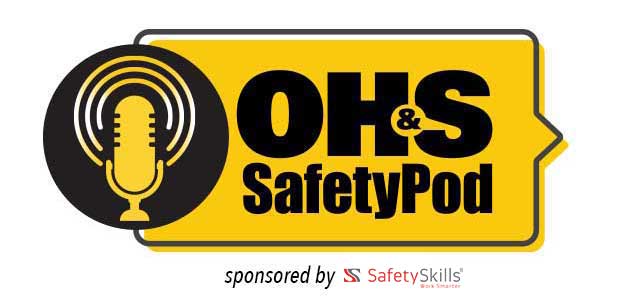
Episode 14
SafetySkills Instructional Systems Design and Project Management Team Lead, Lauren Brandeberry, discusses the ever-evolving landscape of safety training and eLearning with OH&S Editor Sydny Shepard on this episode of the podcast.

Connected safety and data collection are crucial to worker safety—but maybe now more than ever during the pandemic and its many remote workers. Read what Blackline Safety’s CEO Cody Slater thinks about the role of connected safety today and tomorrow.
A recent report from the National Safety Council (NSC) shares some surprising and tragic news: fatalities from motor vehicle crashes jumped 14 percent in the month of March despite quarantines.
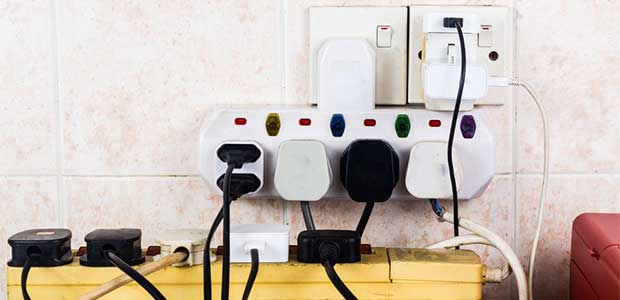
Although staff no longer must make the commute into the office, safety hazards can and do still exist in the home. Here's your WFH safety checklist.
Pollen is in the air—and that means it’s allergy season. During the pandemic, however, it can be hard to tell the difference between your average allergy and the coronavirus.

We’ve heard about ways to avoid burnout in various jobs, but what about burnout when working from home? Here are some things to watch out for and some tips on how to avoid it.
As businesses begin to reopen, many Americans are still wary of going to work, or cannot because they lack access to childcare. Here’s what you need to know, according to one NPR article.

In recognition of May being National Electrical Safety Month, both employers and workers across occupational sectors need to be aware of the dangers electrical hazards can pose and take precautions to prevent electrical-related injuries and fatalities in the workplace.

It’s no question that medical workers suffer some traumatic and difficult situations on the job, but during the pandemic, their mental health has taken a very hard hit. One article recounts the stories of some workers’ struggles with PTSD, anxiety and even suicide during this time.
Despite reports of Tesla CEO Elon Musk disobeying government orders to reopen his car factories, the famous vehicle manufacturer has released a Return to Work Playbook.
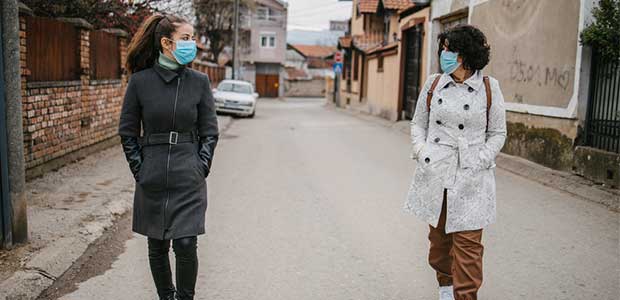
One Dartmouth Professor and scientist’s blog post on the science behind the coronavirus and what it takes to get infected has gone viral—and the explanations are straightforward and easy to understand.
The ranks of remote employees are growing. While working from home comes with a unique set of challenges, it is possible for remote employees to not only survive, but thrive, whether the arrangement is temporary or permanent.
A new bill in Maryland requires employers to protect employees from heat-related illness caused by heat stress.
The Department of Labor just issued safety tips for employers to protect retail pharmacy workers from exposure to the coronavirus.

The foundations of return-to-work will be built on three primary areas: awareness, communication and action. All of them can be achieved through technology and data collection.
This week, Twitter told employees their work from home positions are permanent, and there will be no in person invents until at least 2021.
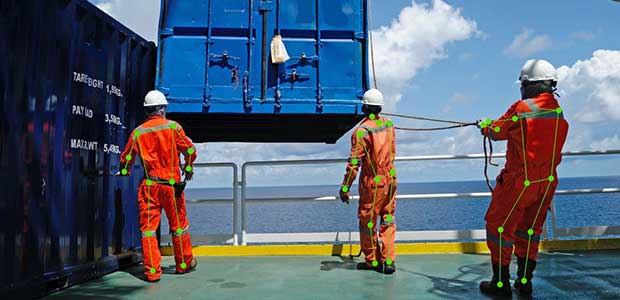
With the use of AI-driven (Artificially Intelligent) algorithms, the pressure of personal worker safety is relieved from organizations and transferred to individuals. Workers are empowered by using personalised feedback and learning about their actions.
No matter where you work from, it’s important to have good posture and a healthy workstation. Here are five work environment tips from chiropractor Dr. Chad Henriksen.
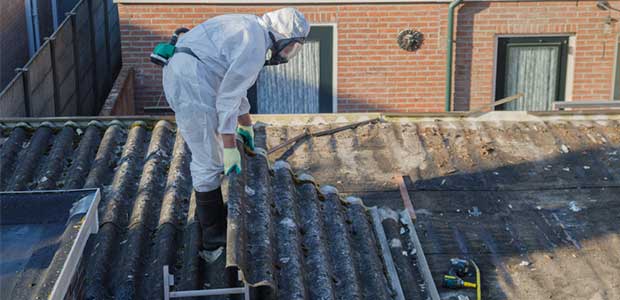
The treatment of asbestos has become that much more precarious given the outbreak of COVID-19. Here are some tips for asbestos removal and caution against coronavirus with limited PPE.